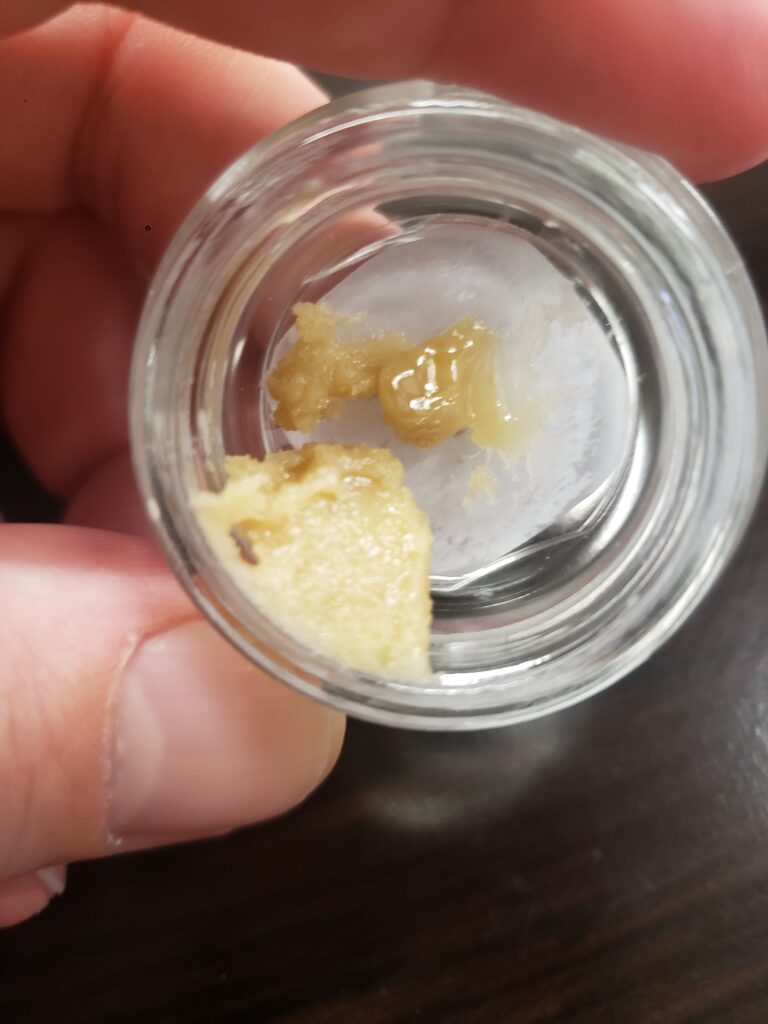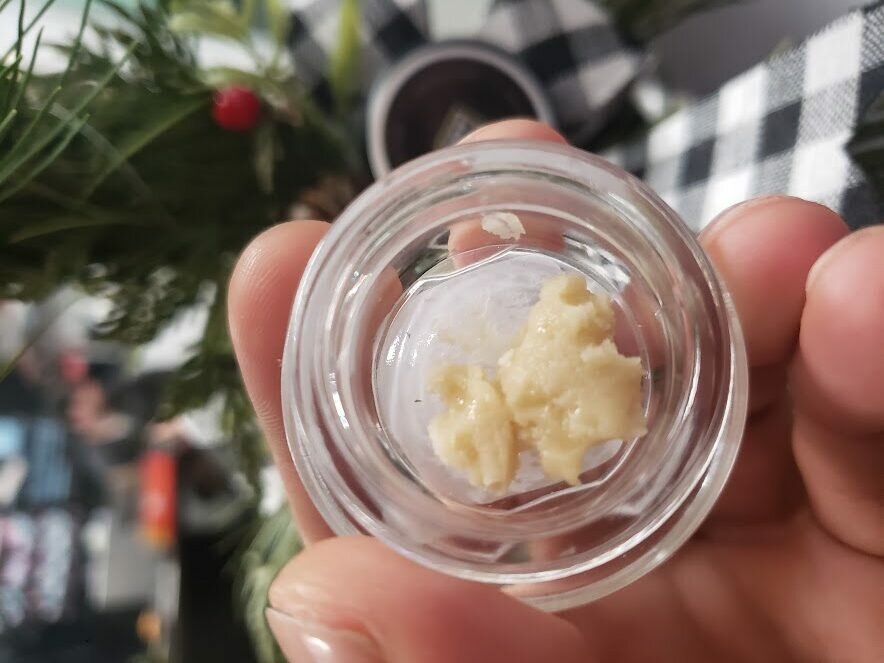The Superiority of Hash Rosin: A Comprehensive Guide


Hash rosin has been gaining popularity in the cannabis industry for several reasons. Its purity, potency, and flavor profile make it a favorite among cannabis connoisseurs. This article delves into the world of rosin, highlighting its advantages over solvent-based extracts, and discusses the differences between rosin, live rosin, and live hash rosin.


What is Rosin?
Rosin is a type of cannabis concentrate that is obtained through a heat and pressure extraction method. Unlike other concentrates, rosin production doesn’t involve the use of solvents like butane or propane. Instead, it relies on heat and mechanical pressure to squeeze the resinous sap from the cannabis plant, resulting in a potent, flavorful, and solvent-free extract.
Rosin vs Solvent-based Extracts
Solvent-based extracts, as the name suggests, are created using solvents such as butane, propane, or CO2 to extract the active components, including THC and CBD, from the cannabis plant. While these methods are efficient, they also introduce the risk of residual solvents remaining in the final product. This not only taints the flavor, but it also raises health concerns.
Rosin, on the other hand, eliminates these risks. As a solventless extract, rosin is free from potentially harmful chemical residues, offering a cleaner, safer cannabis concentrate.
Flavor and Potency: The Rosin Advantage
The flavor and potency of cannabis concentrates depend largely on the preservation of terpenes and cannabinoids. Terpenes are the aromatic compounds that give cannabis its unique scent and flavor, while cannabinoids like THC and CBD are responsible for the plant’s psychoactive and therapeutic effects.
In solvent-based extraction processes, the heat and chemicals can degrade these essential compounds, leading to a loss in flavor and potency. Conversely, the rosin extraction process preserves a higher concentration of terpenes and cannabinoids, resulting in a more flavorful and potent product. This is why many users report that rosin provides a more authentic, full-bodied cannabis experience.
Rosin vs Live Rosin vs Live Hash Rosin
The differences between rosin, live rosin, and live hash rosin lie mainly in the starting material and the extraction process.
Rosin: This is made from dried and cured cannabis flowers. The flowers are subjected to heat and pressure to extract the resinous sap.
Live Rosin: This is made from fresh, flash-frozen cannabis flowers (not dried or cured). The freezing process helps to preserve the terpenes and cannabinoids, resulting in a product with exceptional flavor and potency.
Live Hash Rosin: This takes live rosin a step further. It starts with making ice water hash from fresh, frozen flowers. The hash is then pressed into rosin. This two-step process results in a concentrate that is extremely rich in terpenes and cannabinoids, making live hash rosin the pinnacle of flavor and potency in cannabis concentrates.
Here’s a comparative table to help you understand the differences between extracts and concentrates a little bit better:
| Concentrate / Extract | Starting Material | Extraction Process | Terpene Preservation | Potency | Flavor |
|---|---|---|---|---|---|
| Rosin | Dried and cured cannabis flowers | Heat and pressure | Good | High | Authentic cannabis flavor |
| Live Rosin | Fresh, flash-frozen cannabis flowers | Heat and pressure | Excellent | Higher | More vibrant flavor due to preserved terpenes |
| Live Hash Rosin | Fresh, flash-frozen cannabis flowers | Ice water extraction, followed by heat and pressure | Superior | Highest | Most flavorful due to maximum terpene preservation |
| Hash | Dried and cured cannabis flowers | Mechanical separation, sometimes followed by heat and pressure | Good | Moderate to High | Authentic cannabis flavor |
| Bubble Hash | Fresh, flash-frozen cannabis flowers | Ice water extraction | Good | Moderate to High | Authentic cannabis flavor |
| Diamonds | High-THC cannabis extract | Solvent-based extraction followed by slow crystallization | Varies, often reintroduced after extraction | Extremely High | Depends on the reintroduced terpenes |
| Shatter | Dried and cured cannabis flowers | Solvent-based extraction | Moderate | High | Varies, can be quite flavorful |
| Wax | Dried and cured cannabis flowers | Solvent-based extraction | Moderate | High | Varies, can be quite flavorful |
| Budder/Badder/Batter | Dried and cured cannabis flowers | Solvent-based extraction with a specific purge process | Moderate | High | Varies, can be quite flavorful |
| Crumble | Dried and cured cannabis flowers | Solvent-based extraction with a specific purge process | Moderate | High | Varies, can be quite flavorful |
| Distillate | Dried and cured cannabis flowers | Solvent-based extraction followed by distillation | Low, often reintroduced after extraction | Extremely High | Depends on the reintroduced terpenes |
| Sauce | High-THC cannabis extract | Solvent-based extraction followed by separation of terpenes and crystallization | High | High | Rich in terpenes, providing a robust flavor |
| Sugar | Dried and cured cannabis flowers | Solvent-based extraction that’s purged to create a sugary consistency | Moderate | High | Varies, can be quite flavorful |
| CO2 Oil | Dried and cured cannabis flowers | CO2 solvent extraction | Moderate | High | Varies, can be quite flavorful |
| Butane Hash Oil (BHO) | Dried and cured cannabis flowers | Butane solvent extraction | Moderate | High | Varies, can be quite flavorful |









Responses